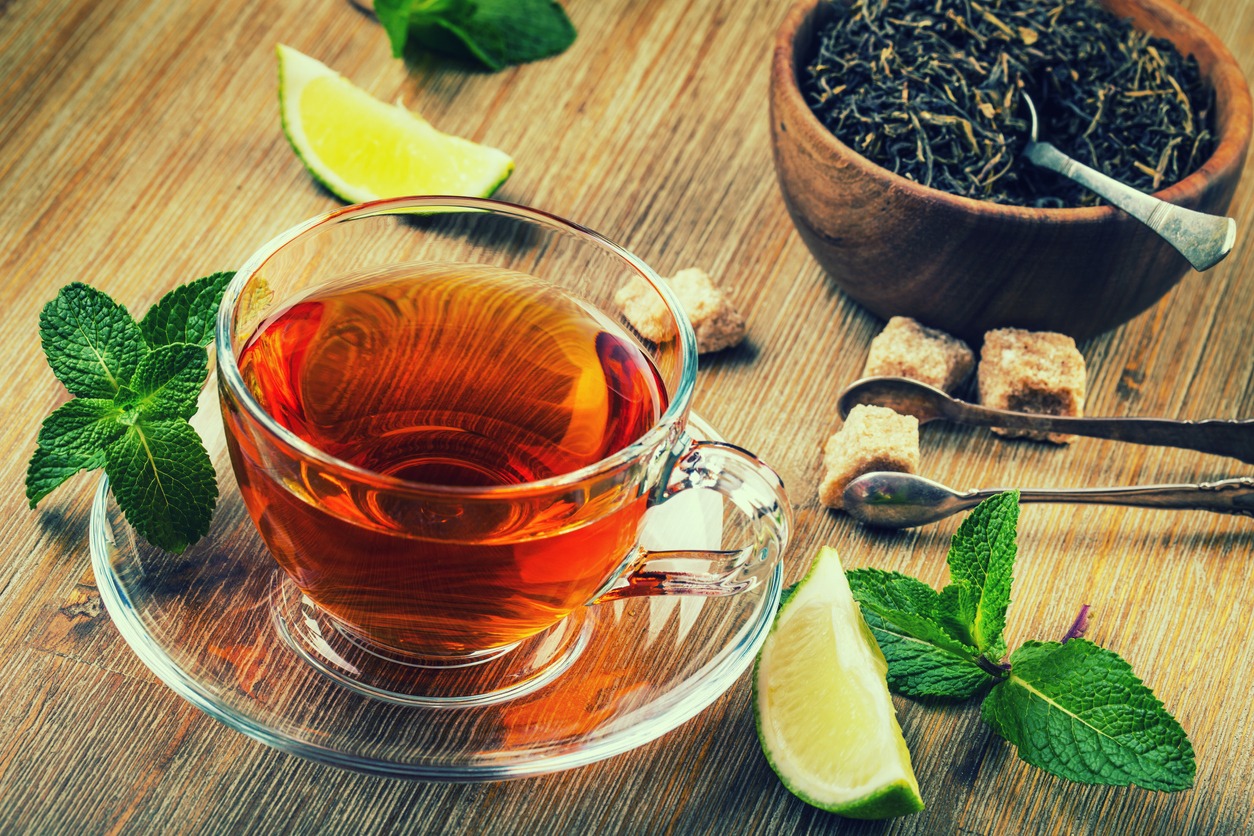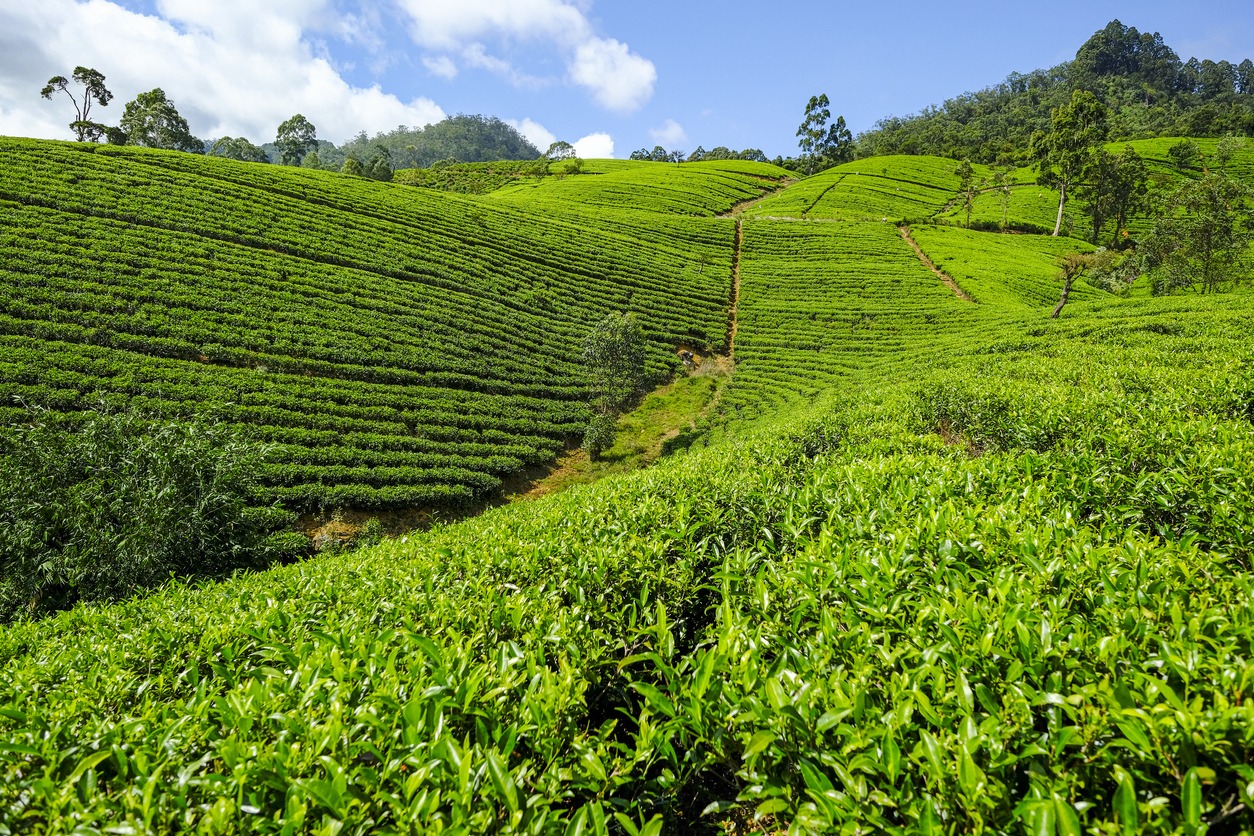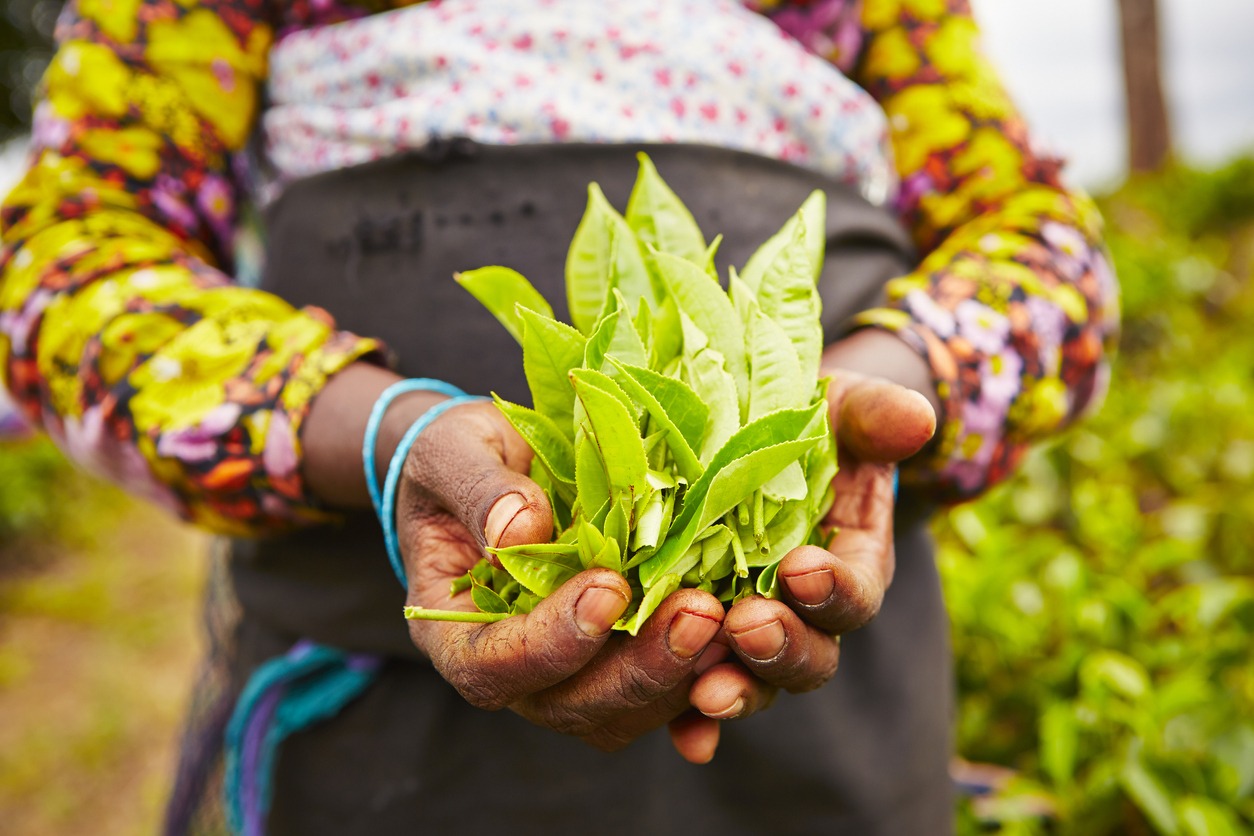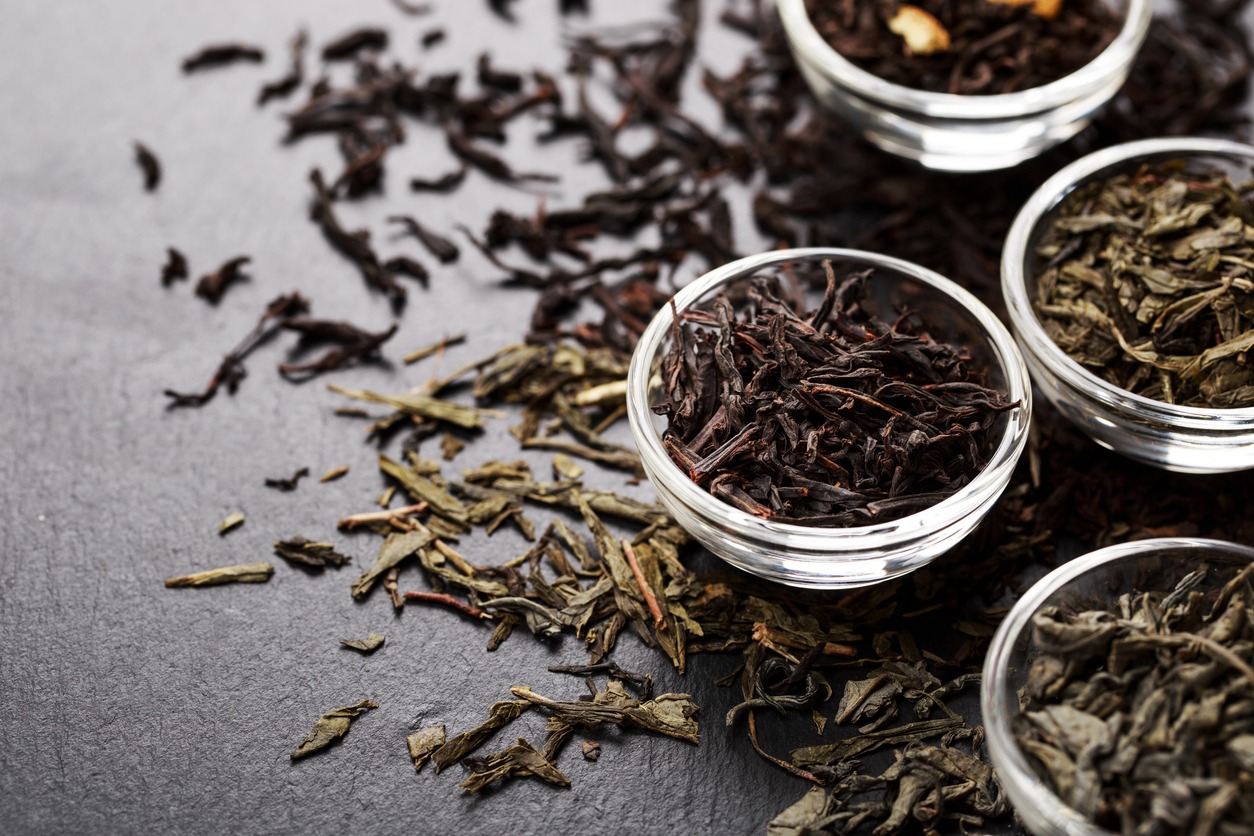There are so many tea brands, blends, and flavors that you might forget about Lipton. Whether or not you’re a fan of Lipton, you probably know what Lipton tea exactly tastes like.
Lipton is a household name when it comes to tea, but you may not know what really makes Lipton the leading tea brand in the world. The answer lies in its roots. But where is Lipton tea grown? Read on to find out.
From Glasgow to Ceylon
In 1871, Thomas Lipton (1848 – 1931) opened a grocery store in Glasgow, Scotland. Soon, he became a successful millionaire from his business, having run a chain of 300 retail shops across Great Britain.
Tea was once a luxury that only the aristocratic and the upper classes could afford and enjoy. But by the end of the 19th century, tea had gone down market, which means the middle- and even working-class people could now enjoy a nice cup. But the problem was that the tea sold during Lipton’s time was either too pricey or terribly inconsistent.
Lipton wanted to make tea more accessible to the masses. He thought he could bring down the price of tea by getting rid of the middlemen – the London tea brokers who dictated tea prices. Moreover, Lipton wanted to control every aspect of the production and sale of tea so that its quality would remain consistent. But in order to do that, Lipton would have to find the source to grow his own tea for the market.
In 1890, the wealthy Scottish merchant set foot in Sri Lanka – then Ceylon – for the first time. There, he purchased five barren plantations, which had actually been used for coffee plantations before the outbreak of a plant fungus wiped out all the coffee cultivation.
In the central highlands of Ceylon, Lipton built his factory that processed the tea leaves. By the time he sailed home to Glasgow, he brought 20,000 tea chests with him. Ever the shrewd businessman, Lipton promoted his new product in his hometown with a bagpipe parade and brass band for the public to see.
Before the now-familiar tea bags, loose leaf was usually sold in crates. Lipton established a standardized process of marketing tea leaves by packing them in multiple weight options and individual bags. His company was the first to innovate this type of marketing.
In order to make his tea more affordable to everyone, Lipton introduced the car system and eliminated the middlemen in the production, allowing him to sell the tea leaves at lower prices. As Lipton was expanding his tea empire, prices of tea leaves were falling and demand was increasing among middle-class customers.
For his significant contributions, Lipton was knighted by Queen Victoria in 1898, when he was 48 years old. In the same year, his business was organized into Lipton, Ltd. From then on, he was Sir Thomas Lipton, the man who made drinking and enjoying tea an everyday habit for everyone.
For more about Lipton, read the history of the Lipton tea company.
What is Ceylon tea?
Ceylon tea is tea produced in the highlands of Sri Lanka (which was then known as British Ceylon during Lipton’s lifetime). The leaves are usually described as wiry as they are left long and thin with a wire-like appearance.
If you are a tea connoisseur, you can immediately recognize how Ceylon tea is processed. Ceylon tea is considered an orthodox tea, meaning they are processed by traditional (orthodox) methods of tea production: plucking, withering, rolling, oxidation, and firing (in exact order). An orthodox process seeks to maintain the integrity of the tea leaves to create a diverse range of flavors when the tea is your cup. So, you can be sure that Ceylon tea is of excellent quality and flavor.
Although black tea is the most popular, Ceylon tea is also available in green, oolong, and white tea varieties, depending on the specific processing and production methods.
Like other types of tea, Ceylon tea consists of dried and processed leaves from the tea plant (Camellia sinensis). But what makes Ceylon tea distinct from other teas? Here’s what we’ve found out:
The flavor – Ceylon tea’s flavor may depend on the elevation of the region from which it was grown. Each region produces its own nuanced flavors.
- Low-grown teas (2,000 feet and below) comprise half of Ceylon tea in the world. They are black teas that usually have full flavor with brisk, orange flavor with hints of honey, caramel, and chocolate. Most of the teas grown from this elevation are processed and marketed as “orange pekoe” or “flowery orange pekoe” teas.
- Mid-grown teas (2,000 – 4,000 feet) usually present a full-bodied and malty flavor, although the flavors may vary depending on the tea plants’ exposure to monsoon winds.
- High-grown teas (4,000 feet and above) have a delicate flavor. These high-elevation teas have a floral aroma and light, brisk flavor, making them the perfect teas to serve iced with a slice of lemon.
The healthful properties and benefits – Aside from the flavors, Ceylon tea may also be distinct from the other types of teas due to the following beneficial properties:
- Compared to other teas, Ceylon tea may contain a higher concentration of several antioxidants, including kaempferol, myricetin, and quercetin.
- It contains a compound called epigallocatechin-3-gallate (EGCG), which is known to have health-promoting properties.
- Like many other teas, Ceylon tea has caffeine, a natural stimulant. But its caffeine content is significantly lower than that of coffee, making it an excellent alternative for those who want to cut back on caffeine consumption.
- It has traces of several minerals, including cobalt, chromium, magnesium, and manganese.
Because of these properties, Ceylon tea may provide benefits to your health and well-being. It may aid weight loss, stabilize blood sugar, regulate blood pressure, and promote heart health.
Of course, like many other things, tea should be taken in moderation. But there’s no doubt Ceylon tea’s health benefits may make you want to drink more Lipton tea or consider stocking up on your Lipton tea supply!




